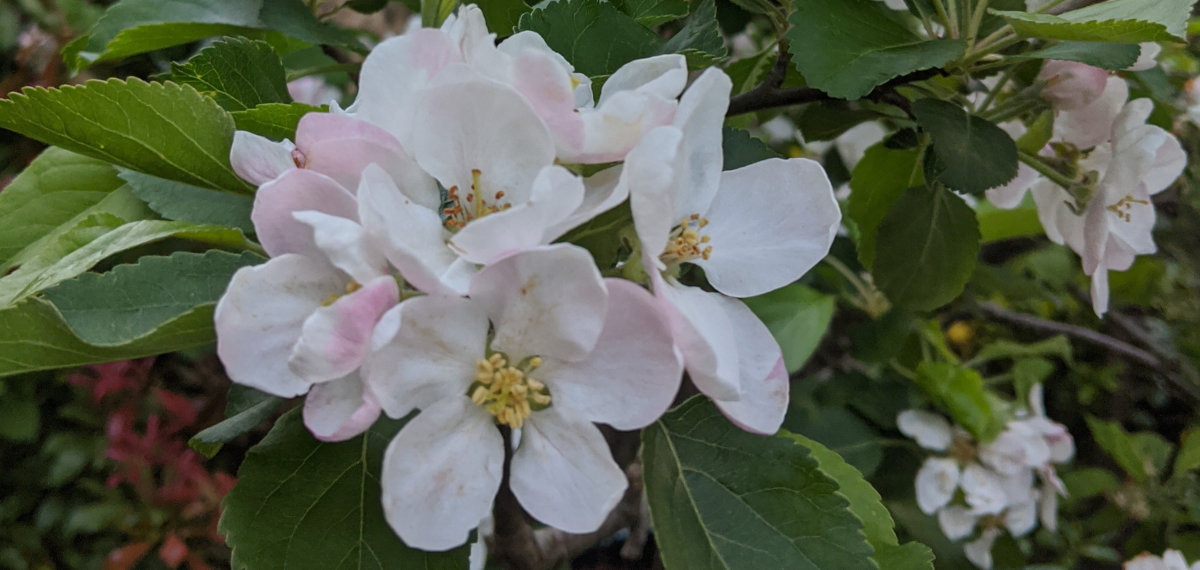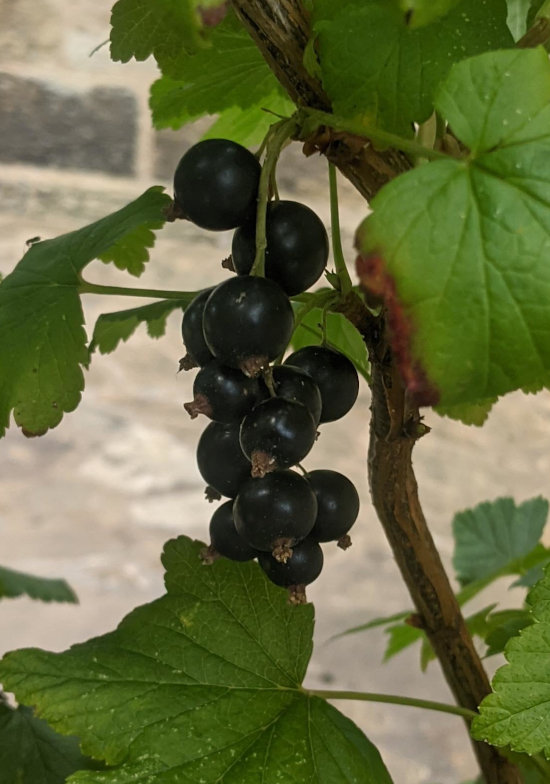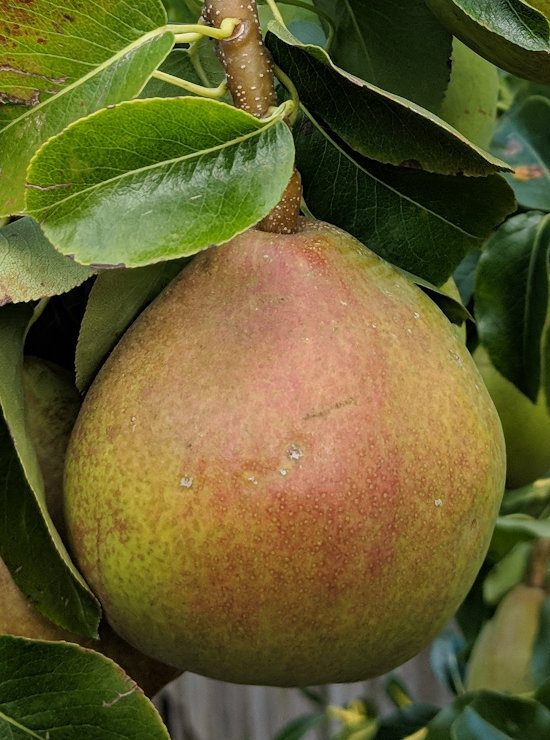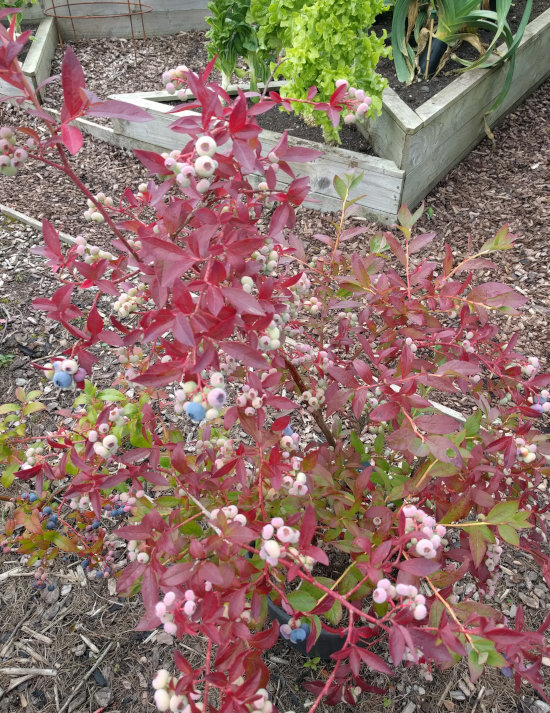Soft fruit Vs hard fruit. What are the differences and which is easier to grow.

The terms soft and hard fruit are used to describe the way fruit is handled and stored and not it's firmness or texture. Soft fruit does not store well and is normally sold in small punnets whereas hard fruits store better and can be kept for much longer.
In horticulture, "soft fruits" are generally referred to as berry fruits. The horticultural term for hard fruits is drupe, also known as stone fruit. These fruits have a hard, stony seed (or pit) inside a fleshy outer part.
What is soft fruit?
Soft Fruit is a category of fruit that describes how it needs to be handled and stored. Soft fruits are also more difficult to pick and crops are smaller.
Soft fruits are typically lower in fibre and higher in sugar than hard fruits. They also tend to have a shorter shelf life. Hard fruits, on the other hand, are typically higher in fibre and lower in sugar than soft fruits. They also tend to have a longer shelf life.
Soft fruits include:
- Blackberries,
- Strawberries,
- Black currants, red currants and white currants,
- Blueberries and bilberries,
- Gooseberries,
- Grapes,
- Loganberries,
- Raspberries,
- Mulberry,
- Wineberry,
- Tayberry,
- Cranberry,
- Honeyberry,
- Goji berry.
Most of the fruits called soft fruit grow on bushes between 3 and 5 feet tall which makes them more manageable than trees.
Some add rhubarb and figs to the soft fruit category.
Below: Soft fruits like these black currants are smaller and spoil much more quickly than hard fruit.

Growing soft fruit in the backyard garden means you can produce fruit in a small garden that doesn’t necessarily have the room for fruit trees.
Most soft fruit brushes need pruning once a year to get rid of old growth that might not bear fruit any longer.
What is hard fruit?
Hard fruit doesn’t necessarily refer to fruit that is hard as opposed to soft , although hard fruits often have a thicker and tougher skin.
Below: Under the right conditions hard fruits like these Buerre Hardy pears can store for months.

Hard fruit has a relatively long shelf life, and ships a bit more easily, as opposed to soft fruit, such as strawberries or raspberries, which are extremely fragile and have a very short shelf life.
The hard fruits include:
- Apples,
- Pears,
- Medlars,
- Apricots,
- Peaches,
- Bananas,
- Grapefruit,
- Kiwi,
- Lemons,
- Limes,
- Mandarin oranges,
- Oranges,
- Plums,
- Quince,
- Tangerines,
- Cherries.
Differences between hard and soft fruit:
| Soft fruits. | Hard fruits. |
| Quick cropping 1 to 2 years. | Slow cropping 4 to 10 years. |
| Grows on bushes. | Grows on trees. |
| Stores for 3 to 10 days. | Stores for 3 to 10 weeks. |
| Soft fruits smaller in size. | Hard fruits are larger. |
| Thin skins split easily. | Tougher skins. |
| Soft fruit bushes live for 10 to 20 years. | Hard fruit trees can live 100+ years. |
| Crop size is smaller. | Crops can be huge. |
| Bruise and spoil easily. | Can tolerate firmer handling. |
| More difficult to pick. | Easier to harvest. |
| Tend to be lower in fibre | Tend to have higher fibre content |
| Higher moisture levels | Lower moisture levels |
Which is easier to grow?
Soft fruits are considered easier to grow as they take up less room, are easier to look after and produce crops of fruit more quickly than hard or tree fruits.
Below: Soft fruits are more manageable.

Both hard and soft fruits require regular pruning, feeding and care. Soft fruit bushes need replacing more often that fruit trees do.
Are stone fruit soft or hard?
Stone fruits are hard fruits. The peaches, plums, cherries, gauges and damsons are all members of the hard fruit family.
